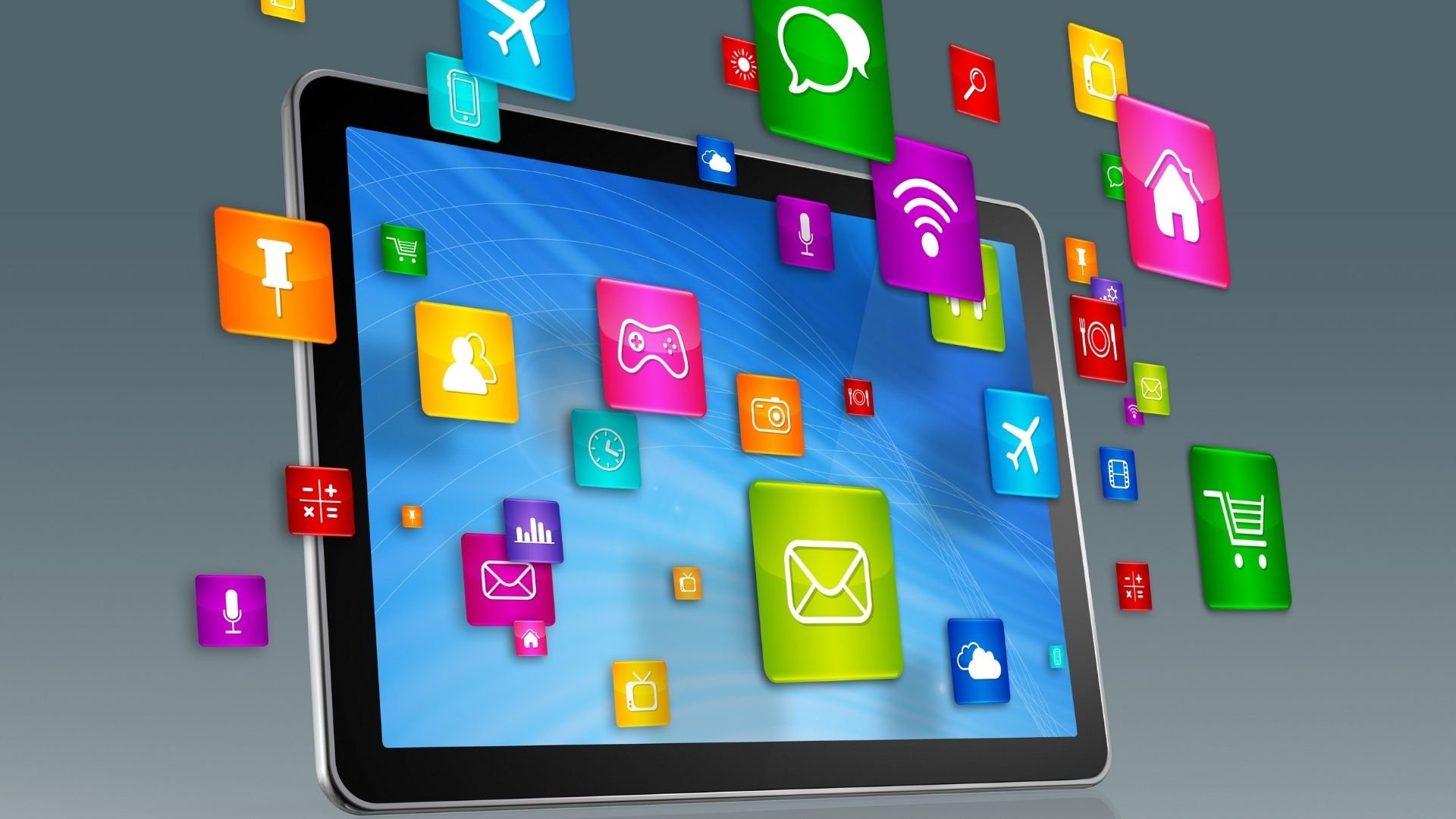Digital tools refer to any technology or software that can be used to support teaching and learning activities. These tools can range from simple software applications like word processors and presentation software, to more complex tools like learning management systems, virtual reality, and artificial intelligence.
In urban areas, digital tools can improve teaching and learning by increasing access to educational resources and enabling collaborative learning. For example, online platforms and applications can provide students with access to a wealth of educational resources, including video lectures, digital textbooks, and interactive simulations. These tools can also facilitate communication between teachers and students, as well as between students themselves, helping to create a more interactive and engaging learning environment.
In rural areas, digital tools can help to overcome the challenges of limited access to educational resources and technology. For example, distance learning tools, such as video conferencing and online classes, can provide students in rural areas with access to educational opportunities that might not otherwise be available.
Additionally, digital tools can help to improve the quality of education in rural areas by enabling teachers to access high-quality training and professional development resources. Overall, digital tools have the potential to significantly improve teaching and learning in both urban and rural areas by increasing access to educational resources, enabling collaborative learning, and providing new opportunities for students and teachers alike.
One example of how digital tools are changing learning is the rise of online courses. With the availability of massive open online courses (MOOCs) like Coursera, Udemy, and edX, anyone with an internet connection can take classes from top universities around the world. These courses provide access to knowledge and expertise that was once only available to a select few, and they can be taken at a student’s own pace and on their own schedule.Google Classroom is another example of how digital tools are changing learning. Google Classroom is a free web service developed by Google for schools that aims to simplify creating, distributing, and grading assignments in a paperless way. It enables teachers to create and manage classes, post announcements and assignments, and give feedback to students all in one place.The platform allows students to access course materials, complete assignments, and collaborate with their classmates online.
They can also communicate with their teachers and receive feedback on their work through the platform. Google Classroom also integrates with other Google tools like Google Drive, Google Docs, and Google Slides, making it easy for students to work on and submit assignments.
Another example is the use of interactive educational games. These games provide a fun and engaging way for students to learn and practice key concepts. For example, games like “Math Blaster” and “Reader Rabbit” teach math and reading skills in a way that is both entertaining and effective. Additionally, language learning apps like Duolingo and Babbel provide an interactive way to learn new languages, with features like speech recognition and personalized feedback.
The benefits of digital tools in learning are numerous. One advantage is that they provide access to information and resources that might not be available in a traditional classroom setting. With online courses and educational games, students can learn from experts and practice skills in a way that is tailored to their individual needs.
Another benefit is the flexibility that digital tools offer. With online courses and educational games, students can learn on their own schedule and at their own pace. This can be particularly helpful for students with busy schedules or those who need more time to grasp a concept.
Digital tools also provide opportunities for collaboration and communication. Online discussion forums and collaborative projects allow students to connect with others and work together on assignments. This can help students develop important skills like teamwork and communication, which are crucial in the workplace.
There are many other digital tools that can be used in the classroom to enhance teaching and learning. Here are some examples:
Learning management systems (LMS) – platforms like Moodle, Blackboard, or Canvas provide an online space where teachers can post course materials, assignments, quizzes, and grades, and students can access them from anywhere.
Interactive whiteboards – these digital boards can be used to display and manipulate digital content, annotate presentations, and play videos or animations.
Classroom response systems – also known as clickers or polling systems, these tools allow teachers to pose questions and get real-time feedback from students using their mobile devices or dedicated devices.
Digital textbooks and e-books – these resources can be accessed from anywhere and include interactive features such as videos, animations, and quizzes.
Collaborative tools – platforms like Google Drive, Microsoft Teams, or Slack enable students and teachers to work together on documents, projects, and presentations.
Virtual labs and simulations – these tools can be used to create realistic and engaging simulations of scientific experiments, historical events, or other scenarios that students can explore and learn from.
Augmented and virtual reality – AR and VR technologies can provide immersive and interactive learning experiences, for example, by bringing historical or scientific objects to life or allowing students to explore places they wouldn’t otherwise be able to visit.
These are just a few examples of the many digital tools available for use in the classroom. Teachers can choose the tools that best fit their teaching style and the needs of their students.
Overall, digital tools are changing the face of learning in numerous ways. From providing access to knowledge and resources to offering flexible and engaging learning opportunities, technology is playing an increasingly important role in education. As technology continues to advance, it will be exciting to see how it will continue to shape the future of learning.















